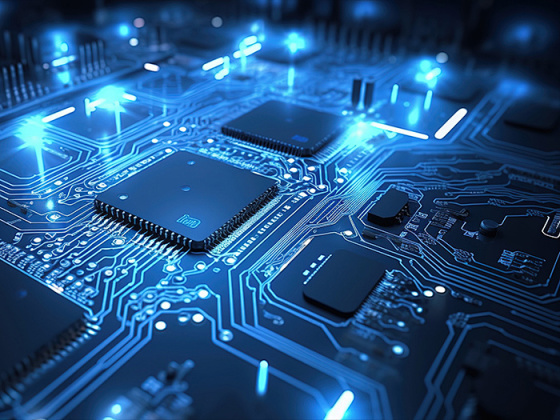Unlocking the Power of Metal Core PCBs: A Comprehensive Guide
Apr 19,2025

What is a Metal Core PCB?
Alright, let’s kick things off with the basics! A Metal core PCB (MCP) is a type of printed circuit board (PCB) that utilizes a metal substrate for heat dissipation and structural support. Now, why is this so important? Well, in the world of electronics, managing heat is crucial. Devices that generate excessive heat can lead to performance issues, and, in the worst-case scenario, outright failure!
The Advantages of Metal Core PCBs
There’s a reason why folks are buzzing about Metal core PCBs these days. Here are some of the standout benefits:
- Excellent Heat Dissipation: Unlike traditional PCBs, which might struggle to keep their cool, the metal core enables swift heat transfer away from critical components.
- Sturdiness: The robust nature of metal substrates makes these PCBs less prone to warping or cracking, even in high-stress environments.
- Compact Design: With efficient heat management, designers can create smaller, more compact devices without sacrificing performance.
When to Use Metal Core PCBs
Now that we know the perks, let’s talk about when you might want to reach for a Metal core PCB:
- High-Power LED Lighting: These bad boys generate a lot of heat, and a Metal core PCB can keep them shining bright without the risk of overheating.
- Automotive Applications: In vehicles, where space is at a premium and reliability is key, Metal core PCBs are a go-to.
- Telecommunications: The components in these systems can get hot, and managing that heat is essential for longevity and performance.
How Metal Core PCBs Are Made
Ever wonder how these high-tech wonders are crafted? Here’s the scoop:
- Layering: The process begins with a base layer of metal, typically aluminum or copper, which serves as the core.
- Dielectric Layer Application: A dielectric layer is applied on top, which insulates the metal and provides a platform for the circuit.
- Circuit Printing: Next, the desired circuit patterns are printed onto the dielectric layer.
- Etching: Unwanted copper is etched away, leaving behind the necessary pathways for electrical flow.
- Final Assembly: Lastly, components are mounted and soldered, and voilà! You’ve got yourself a Metal core PCB.
Challenges to Consider
While Metal core PCBs are fantastic, they’re not without their challenges. One of the main hurdles is the cost. The materials and manufacturing processes can be pricier compared to standard PCBs. Additionally, designing these boards requires a deeper understanding of thermal dynamics, which not all engineers may possess.
The Future of Metal Core PCBs
If you’re thinking, “What’s next for Metal core PCBs?”—you’re not alone! With the rise of IoT devices, electric vehicles, and advanced consumer electronics, the demand for efficient thermal management will only increase. Innovations in material science and production techniques may lead to even more efficient and cost-effective solutions in the near future.
Final Thoughts
To wrap things up, Metal core PCBs are revolutionizing the way we think about electronics. They provide remarkable heat management, structural integrity, and design flexibility that traditional PCBs simply can’t match. So, whether you’re an engineer looking to optimize your designs or just someone curious about the tech behind your favorite gadgets, understanding Metal core PCBs is undoubtedly worth your time. And hey, if you’re diving into the world of electronics, make sure to keep these boards on your radar!
Contact Us
E-mail :
shirley@threestar.com.tw
E-mail :
joyce@threestar.com.tw
E-mail :
johnhan@threestar.com.tw


